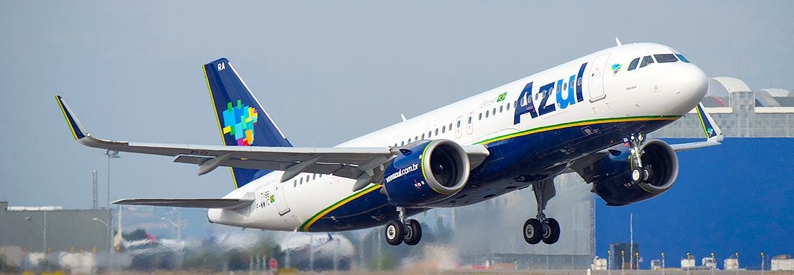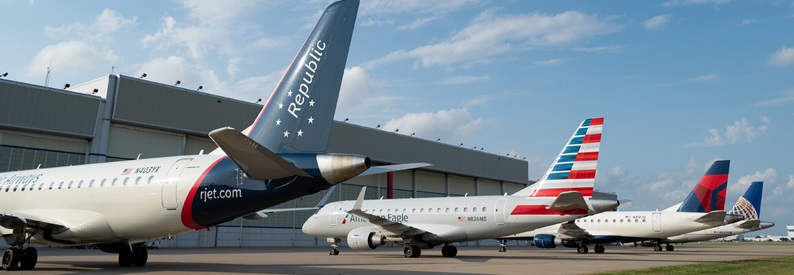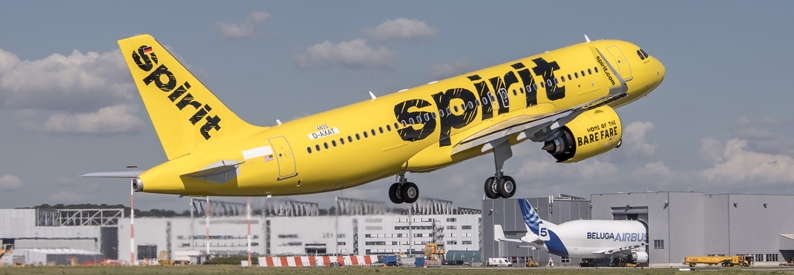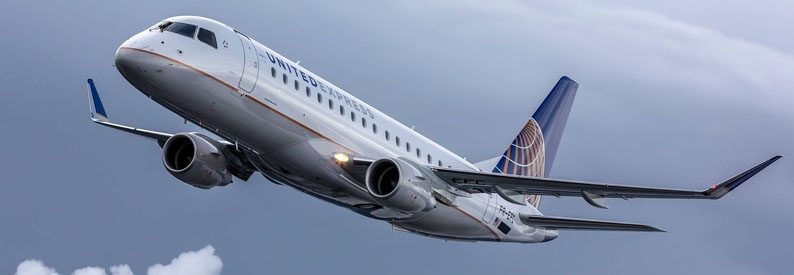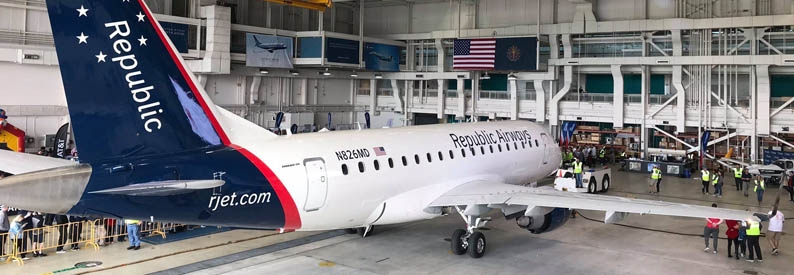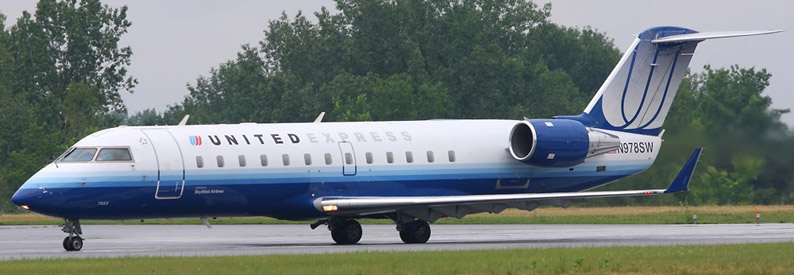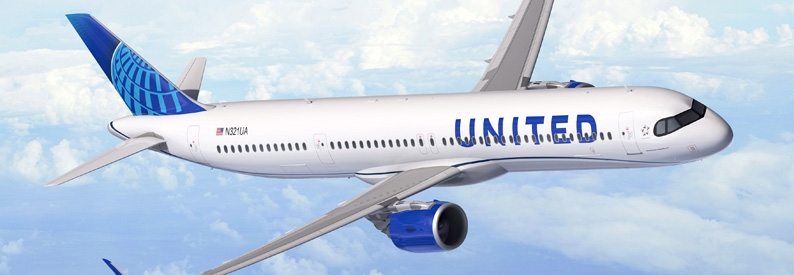United Airlines (UA, Chicago O'Hare) has placed what it dubbed the largest-ever order for widebody aircraft by a US airline, ordering 100 B787s with options for a further 100. The aircraft will deliver between 2024 and 2032 and will replace the carrier's ageing B767s and B777s.
United said that it retained the right to choose between all three variants of the type (B787-8, B787-9, and B787-10) closer to the delivery dates, granting it flexibility in deploying the aircraft into service.
"This order solves our current widebody replacement needs in a more fuel-efficient and cost-efficient way, while also giving our customers a best-in-class experience. And if the future of long-haul flying is as bright as we think it will be, United is able to capitalise on those opportunities by exercising these new widebody options - I look forward to the incremental margin and earnings these aircraft will generate," Executive Vice-President and Chief Financial Officer Gerry Laderman said.
The new B787s will gradually replace all remaining B767s by 2030. The ch-aviation Commercial Aviation Aircraft Data module shows that United currently operates thirty-seven B767-300ERs (26.8 years old on average) and sixteen B767-400ERs (21.3 years). Once the retirements of the B767s are completed, the airline will then proceed with replacing its B777 fleet with the B787s. It currently operates nineteen B777-200s, fifty-five B777-200ERs, and twenty-two B777-300ERs.
United did not announce the selection of engine provider(s) for the fleet of new B787s. All of the carrier's current B787s (twelve -8s, thirty-eight -9s, and sixteen -10s) are powered by General Electric GEnx engines.
The airline simultaneously deferred its outstanding order for forty-five A350-900s to at least 2030.
On top of the B787s, United also ordered 56 incremental B737 MAX and firmed options for another 44 units of the type. The additional 100 aircraft will join the carrier's existing fleet of twenty-seven B737-8s and forty-three B737-9s between 2024 and 2027.
United said that with the new orders counted, it would be taking more than two aircraft per week in 2023 and more than three per week in 2024.
- Type
- Base
- Aircraft
- Destinations
- Routes
- Daily Flights


